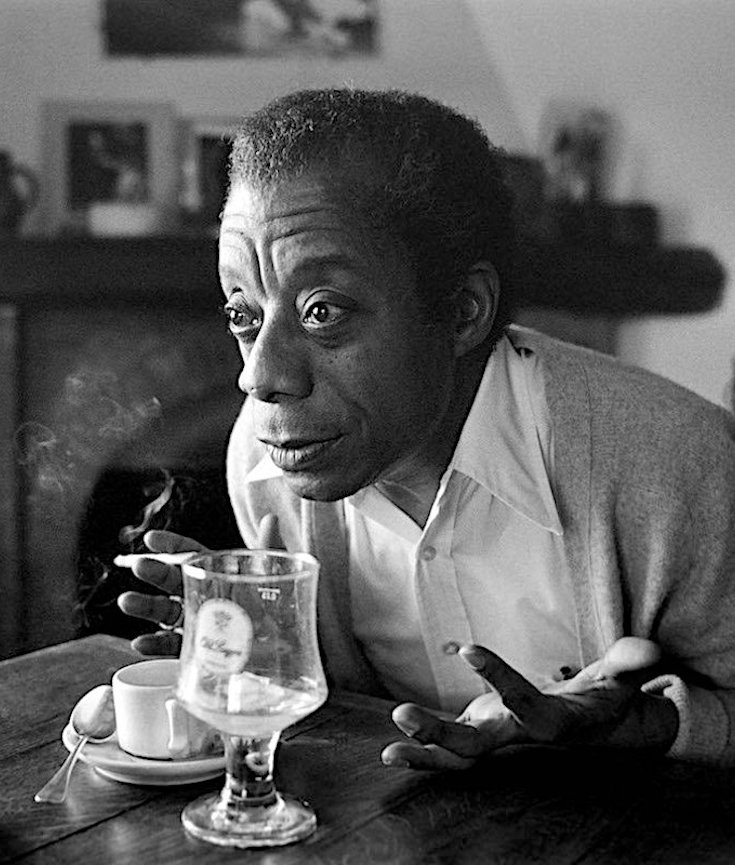[dropcap]It[/dropcap] has consistently provided to the public the intellectually sexiest of all public government documents — an FBI file on the life of an American radical. The bureau’s counter-intelligence program (COINTEL-PRO), a division of the FBI that spied on and attempted to disrupt and destroy American radical movements from the late 1950s to the mid-1970s, produced tons of paper that scholars and others have asked for, read and studied for the past 40 years.
Enter William Maxwell, a major scholarof the FBI and Black literature. In his new book, he shows that from the 1960s through the mid-1970s, the bureau treated James Baldwin, the Negro writer, as a “civil rights VIP” because the author and activist was at the crossroads of every shade of Black American activism of that period — Martin Luther King and his Southern Christian Leadership Conference, the radical Black leftist Robert Williams, the Nation of Islam under Malcolm X and Elijah Muhammad, and the Black Panther Party. Because he kept this level of company and integrity, the FBI put Baldwin in its “Independent Black Nationalist Extremist” category.
[mc4wp_form id=”6042″]


 Photo | Ralph Gatti/AFP/Getty Images
Photo | Ralph Gatti/AFP/Getty Images
 Photo | Ralph Gatti/AFP/Getty Images
Photo | Ralph Gatti/AFP/Getty Images
Harlem is a large neighborhood in the northern section of the New York City borough of Manhattan. Since the 1920s, Harlem has been known as a major African-American residential, cultural and business center. Originally a Dutch village, formally organized in 1658, it is named after the city of Haarlem in the Netherlands. Harlem’s history has been defined by a series of economic boom-and-bust cycles, with significant population shifts accompanying each cycle.
African-American residents began to arrive in large numbers in 1905 as part of the Great Migration. In the 1920s and 1930s, Central and West Harlem were the focus of the “Harlem Renaissance”, an outpouring of artistic work without precedent in the American black community. However, with job losses in the time of the Great Depression and the deindustrialization of New York City after World War II, rates of crime and poverty increased significantly. Harlem’s African-American population peaked in the 1950s. In the second half of the 20th century, Harlem became a major hub of African-American businesses. In 2008, the United States Census found that for the first time since the 1930s, less than half of the residents were black, comprising only 40% of the population.
Since New York City’s revival in the late 20th century, Harlem has been experiencing the effects of gentrification and new wealth. (Wikipedia).


You must be logged in to post a comment.